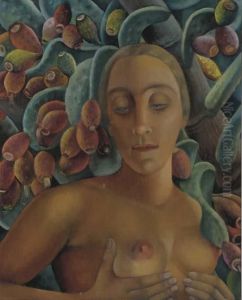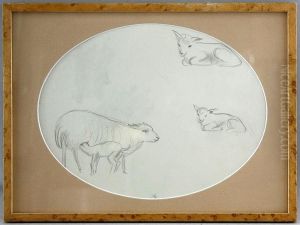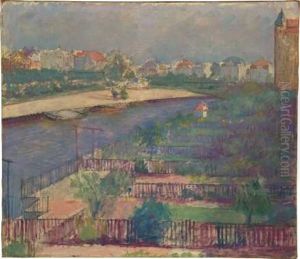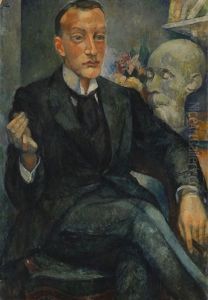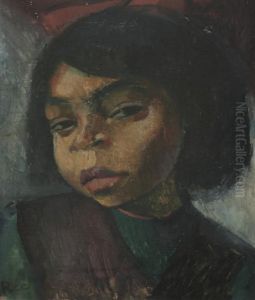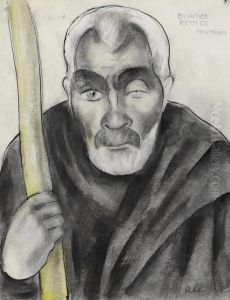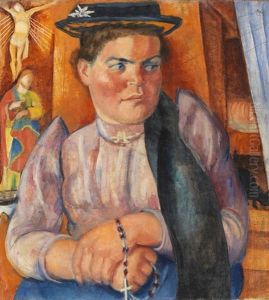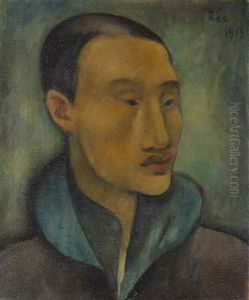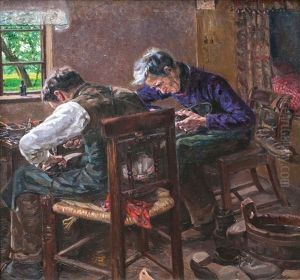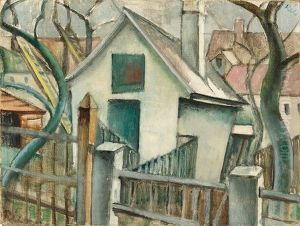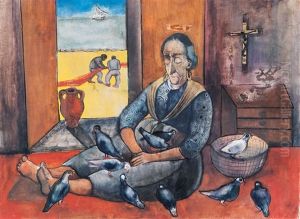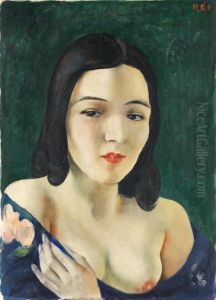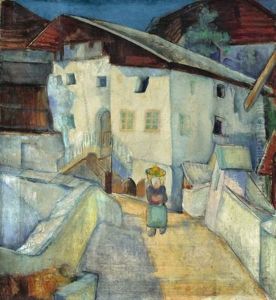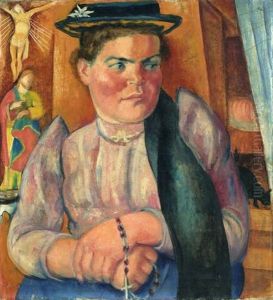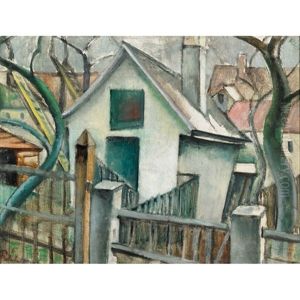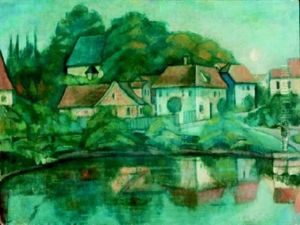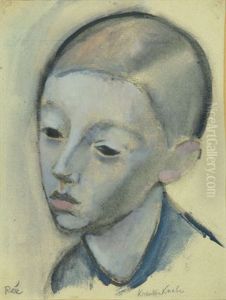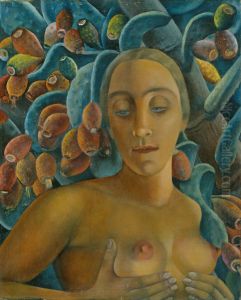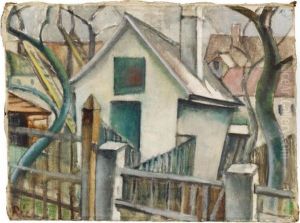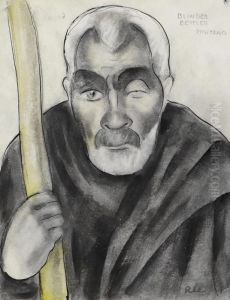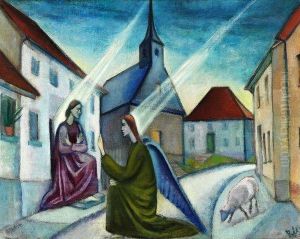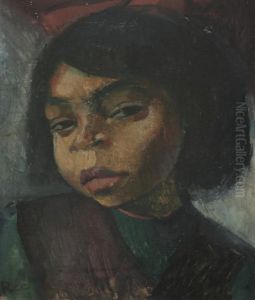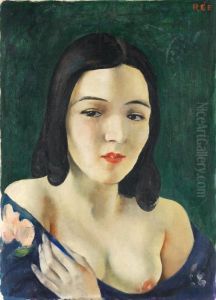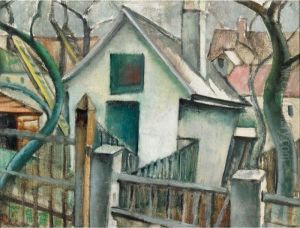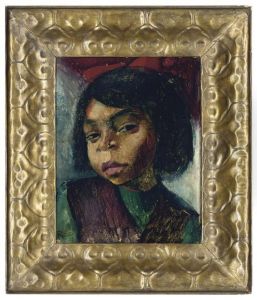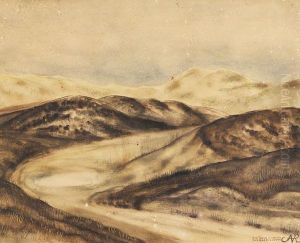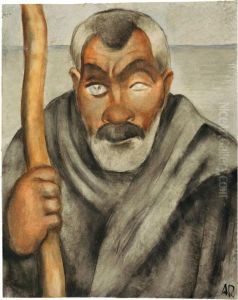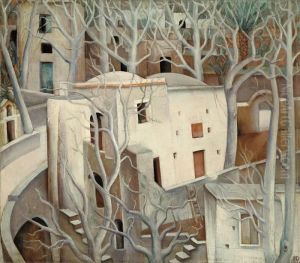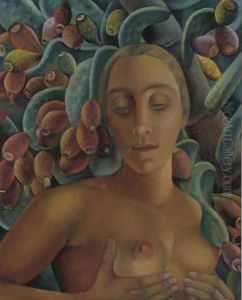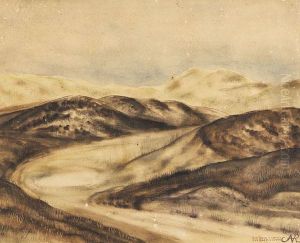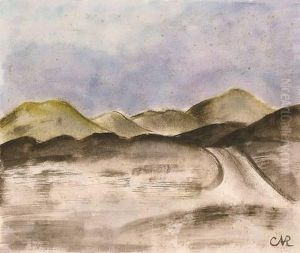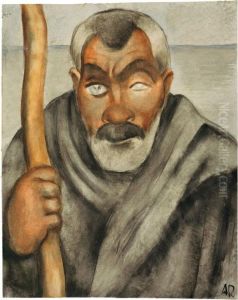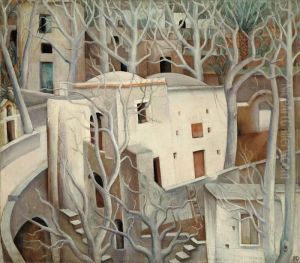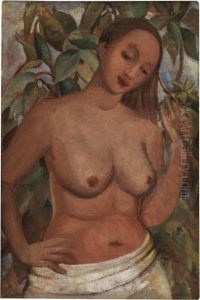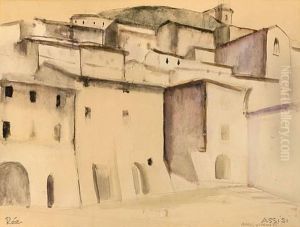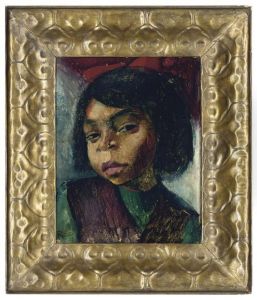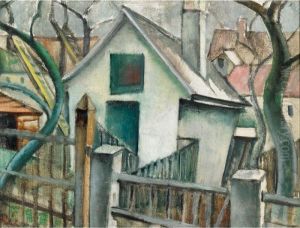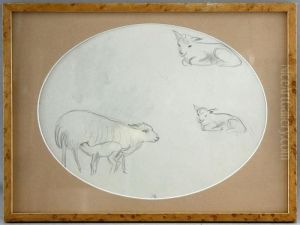Anita Ree Paintings
Anita Ree was a German painter who was born on February 9, 1885, in Hamburg. She was known for her portraits, which were influenced by both the Old Masters and contemporary avant-garde movements of her time. Ree was part of the Hamburg Secession, a group of artists who sought to break away from the conservative styles prevalent in Germany during the early 20th century.
Despite being a woman in a male-dominated field, Ree gained significant recognition for her work within her short lifetime. Her painting style combined elements of the Neue Sachlichkeit (New Objectivity) movement with a unique lyrical expressiveness. She was particularly adept at capturing the psychological depth of her subjects, which ranged from children and peasants to notable figures of Hamburg society.
Ree's education began at the Girls' School of the Patriotic Society and continued with private lessons from Arthur Siebelist, a prominent Hamburg artist. She further honed her craft studying in Paris, where she was exposed to the latest artistic trends and techniques. Upon returning to Hamburg, she became an active member of the local art scene and participated in numerous exhibitions.
However, Anita Ree's life was also marked by personal challenges and societal prejudices. As an unmarried woman and an artist who often depicted nudes, she faced criticism and scandal. Her work was sometimes controversial because it did not conform to the traditional views of femininity and morality of the time. This controversy, combined with the rise of National Socialism in Germany, which disapproved of her 'degenerate' art style, led to her increasing isolation.
Tragically, Anita Ree's life came to a premature end when she took her own life on December 12, 1933, at the age of 48. Her legacy, however, continues to be recognized, with her artwork held in several German museums, including the Hamburger Kunsthalle. Ree's contribution to the Hamburg Secession and her position as one of the few prominent female artists of her era in Germany have secured her a place in art history.
